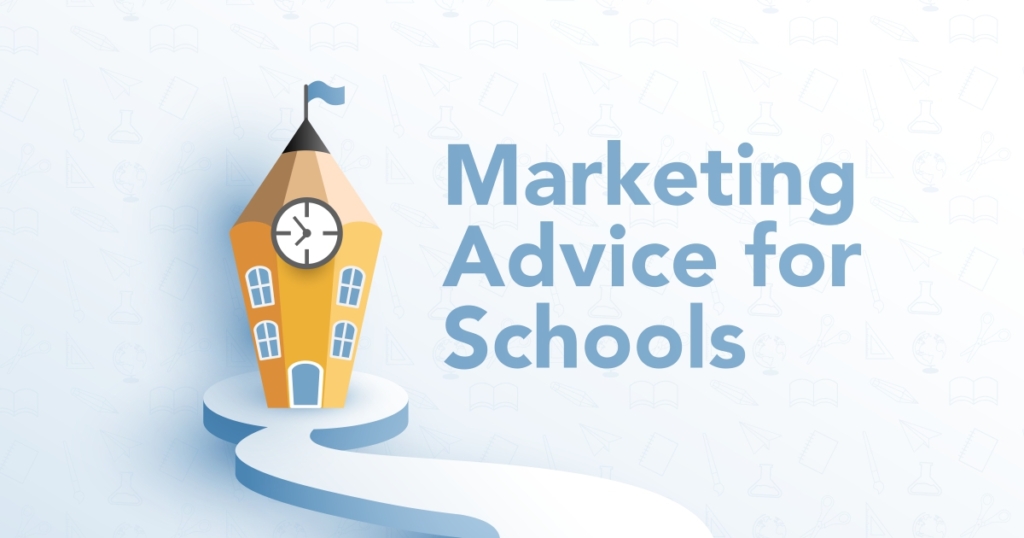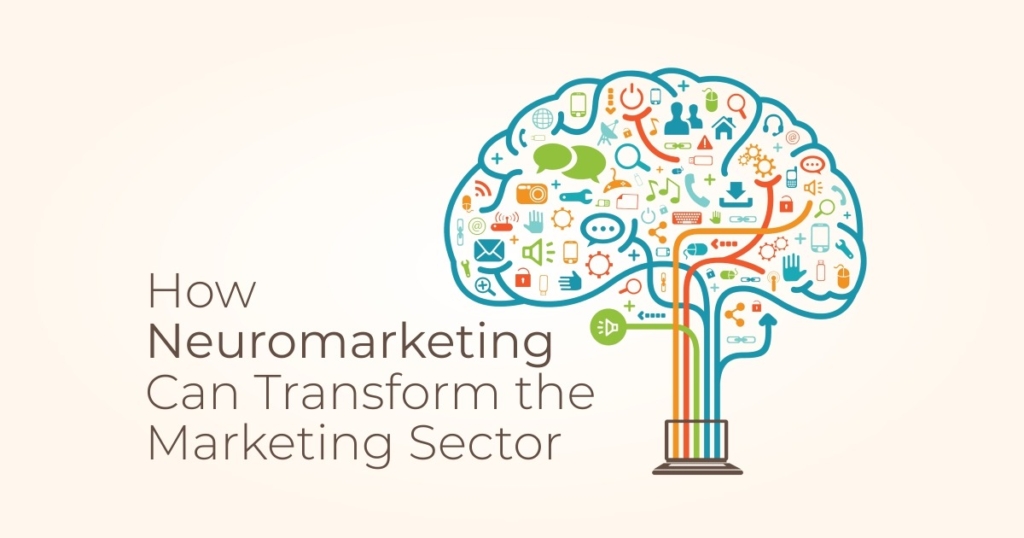Sometimes it’s worthwhile to consider how the new social media is. Before February 2004, neither Facebook nor Twitter existed. Instagram was introduced in October 2010. Has the recent period, during which most schools have focused on these three platforms, taught us to believe that we are acting ethically online?
If so, things are undoubtedly in motion right now. What might be the seven most significant developments for schools this year are divided into three sections in this article.
The Good: Possibilities for Exploration
1. More Bandwidth
Slowly but gradually, good boarding schools in the country and some government schools are giving students access to gigabit broadband. The rollout of 5G mobile coverage will steadily increase across cities.
As a result, existing platforms may now distribute more profound and exciting information, whether podcasts, live broadcasts, augmented reality, or short films. Schools are bursting with exciting news. However, this can be difficult for many companies that don’t have much going on.
2. Emphasizing Sincerity
There is much discussion about whether one should be encouraged to post what they are doing in the present. It is keenly debated if this is good or bad for people’s mental health. There is a lot of tension with schools that try to ban mobile devices from classrooms, but this is possibly a healthy step away from the manufactured nature of the perfect Insta selfie.
Whether or not to be regularly active on social media platforms, experts stress being sincere in their approach.
3. Emergence of Content Creators
The two shifts above have caused a sharp increase in the need for ‘content creation’ positions, which demand skills in photography, videography, search engine optimization, and social media administration. This is in addition to producing marketing text. How you can compete with organizations that can spend money on this may provide a problem for schools. The solution exists within schools. Look for students who already possess or wish to acquire these talents.
The Bad: Changes we Must Adopt
1. Has Facebook Declined?
The fact that Facebook and Instagram recorded their first quarterly revenue loss this year may seem like a minor adjustment. Although, there are still around 2 billion Facebook users and 1.2 billion Instagram users. This may indicate that schools should look at alternative platforms, mainly if they aim to recruit students for the advertizing and marketing of their schools and target younger age groups.
2. Rise in Dark Social
Facebook’s growth may be slowing, but WhatsApp, its sibling network, is booming, with more than two billion users worldwide. It’s a ‘dark’ media, which presents a difficulty for schools because parents, students, and others can communicate information about a school without that institution’s knowledge. Engaging parents and urging them to contact the school if they notice anything suspicious is the best method to handle this issue.
The Ugly: Situations where Caution is Required
1. Privacy Problems with TikTok
Over the past year, TikTok has received excellent attention in our school’s social media instruction. It’s undeniable that kids use it a lot, and parents are starting to use it more and more as well. Some school marketers have even begun to use it for advertising their institutions. However, experts in internet security are worried about a lot of things.
2. Controversial Influencer
The good news for school safety experts this year has been banning influencer Andrew Tate from Facebook, Instagram, TikTok and YouTube. He was found guilty of violating Meta’s policies, sharing sexist opinions and advising young men to live dangerously.
If you are keen to create a social media plan for your school, don’t hesitate to contact us on +91 81208 67777.


